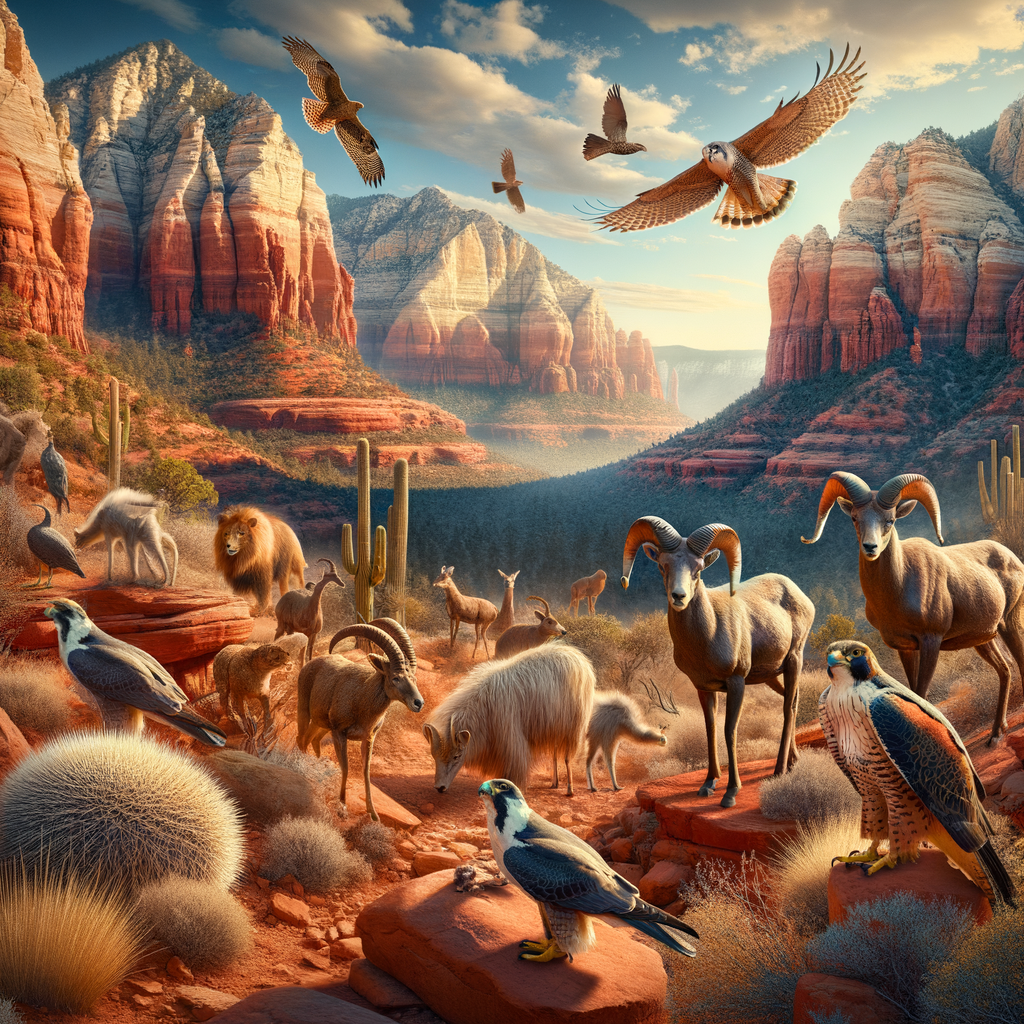Discovering Desert Wildlife: A Guide to Viewing Wildlife in the Desert
Exploring the Wild: Wildlife Viewing in the Desert
Introduction to Desert Wildlife
Deserts may seem like barren, lifeless places at first glance, but they are actually teeming with a wide variety of fascinating wildlife. From nimble rodents to majestic birds of prey, the desert ecosystem is home to an array of unique animals perfectly adapted to survive in harsh conditions. Wildlife viewing in the desert offers a rare opportunity to observe these creatures in their natural habitats, showcasing the beauty and resilience of desert ecosystems.
Adaptations for Survival
One of the most intriguing aspects of desert wildlife is their remarkable adaptations for survival. Many desert animals have evolved specialized features to thrive in arid environments, such as the ability to store water for long periods or withstand extreme temperatures. For example, the iconic saguaro cactus provides shelter and nesting sites for a variety of animals, demonstrating the intricate web of relationships that exist in desert ecosystems.
Spotting Desert Birds
Birdwatching is a popular activity for wildlife enthusiasts, and the desert offers a wealth of opportunities to observe unique bird species. From vibrant hummingbirds to majestic raptors like hawks and eagles, desert skies are alive with the graceful flight of these aerial wonders. By scanning the horizon and listening for distinctive calls, visitors can spot a diverse array of birds going about their daily activities in the desert.
Best Places for Wildlife Viewing in the Desert
When it comes to wildlife viewing in the desert, certain locations stand out as prime spots for encountering a wide range of species. National parks and protected areas often provide a haven for desert wildlife, offering visitors a chance to observe animals in their natural habitats without disturbing their routines. From the Sonoran Desert in Arizona to the Mojave Desert in California, each desert region showcases a unique mix of flora and fauna waiting to be discovered.
Guided Tours and Educational Programs
For those looking to enhance their wildlife viewing experience, guided tours and educational programs offer a wealth of knowledge and insight into the diverse world of desert wildlife. Knowledgeable guides can help visitors navigate the desert landscape, pointing out elusive creatures and sharing information about their behaviors and habitats. These guided experiences provide a deeper appreciation for the intricacies of desert ecosystems and the importance of conservation efforts to protect these fragile environments.
Responsible Wildlife Viewing Practices
While enjoying the beauty of desert wildlife, it is essential to adopt responsible viewing practices to minimize impact on the animals and their habitats. This includes maintaining a respectful distance, refraining from feeding or touching wild animals, and following designated trails to avoid disturbing nesting sites or fragile vegetation. By practicing ethical wildlife viewing, visitors can help preserve the delicate balance of desert ecosystems for future generations to enjoy.
Conclusion
Wildlife viewing in the desert offers a unique opportunity to connect with nature and witness the incredible diversity of life that thrives in seemingly inhospitable environments. By exploring the wild landscapes of the desert and observing the fascinating adaptations of its inhabitants, visitors can gain a deeper appreciation for the wonders of the natural world. Whether spotting a roadrunner darting across the sand or catching a glimpse of a rare desert bighorn sheep, each wildlife encounter in the desert is a reminder of the magic and resilience of life in the wild.
Frequently Asked Questions
1. What types of wildlife can I expect to see in the desert?
Desert wildlife varies depending on the region, but common species include coyotes, bobcats, jackrabbits, and various bird species like roadrunners and owls.
2. Are there any nocturnal animals to look out for during nighttime wildlife viewing?
Yes, desert ecosystems come alive at night with creatures like bats, scorpions, and night-blooming flowers that attract pollinators like moths and bats.
3. Are there any endangered species that can be found in desert habitats?
Yes, several endangered species call the desert home, including the desert tortoise, the California condor, and the desert pupfish.
4. How can I best prepare for a wildlife viewing excursion in the desert?
Be sure to pack plenty of water, sunscreen, binoculars, and a camera for capturing memorable moments. Wear sturdy shoes and lightweight clothing suitable for desert conditions.
5. How can I contribute to conservation efforts to protect desert wildlife?
You can support local conservation organizations, participate in volunteer programs, and spread awareness about the importance of preserving desert habitats for wildlife by advocating for sustainable practices and habitat protection.
If you are interested in looking into an organized tour for you and your kids, consider visiting our preferred vendor: Sedona Red Rock Adventures.
news via inbox
To be update with all the latest news.




